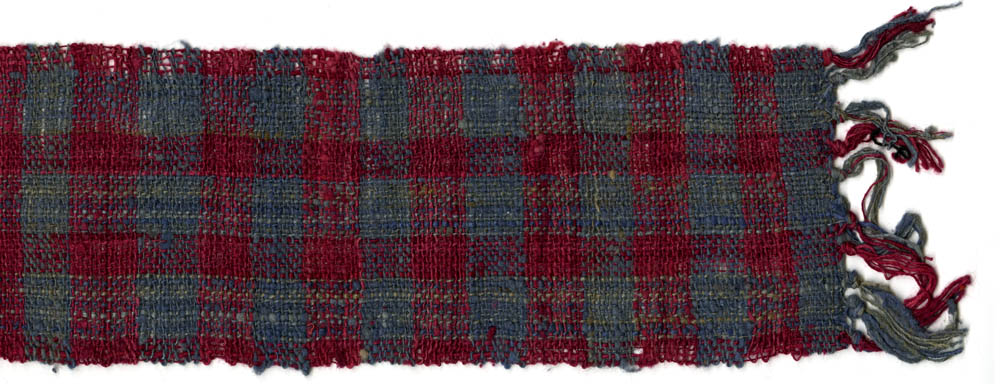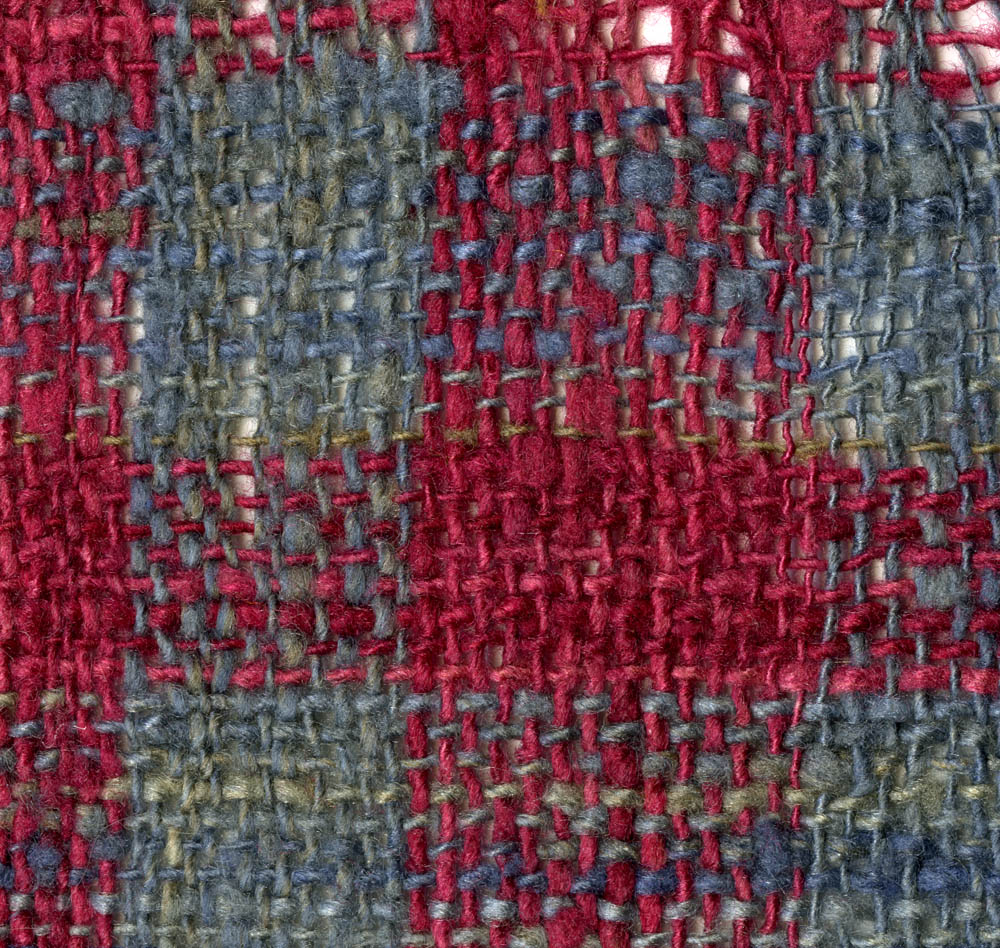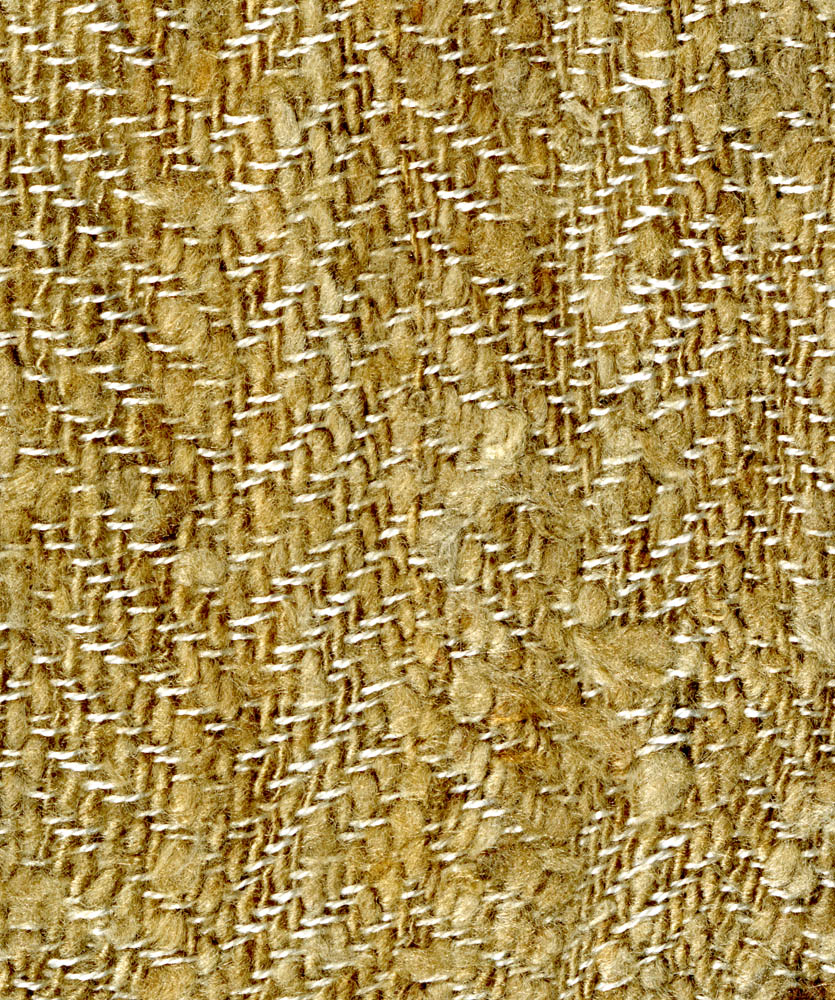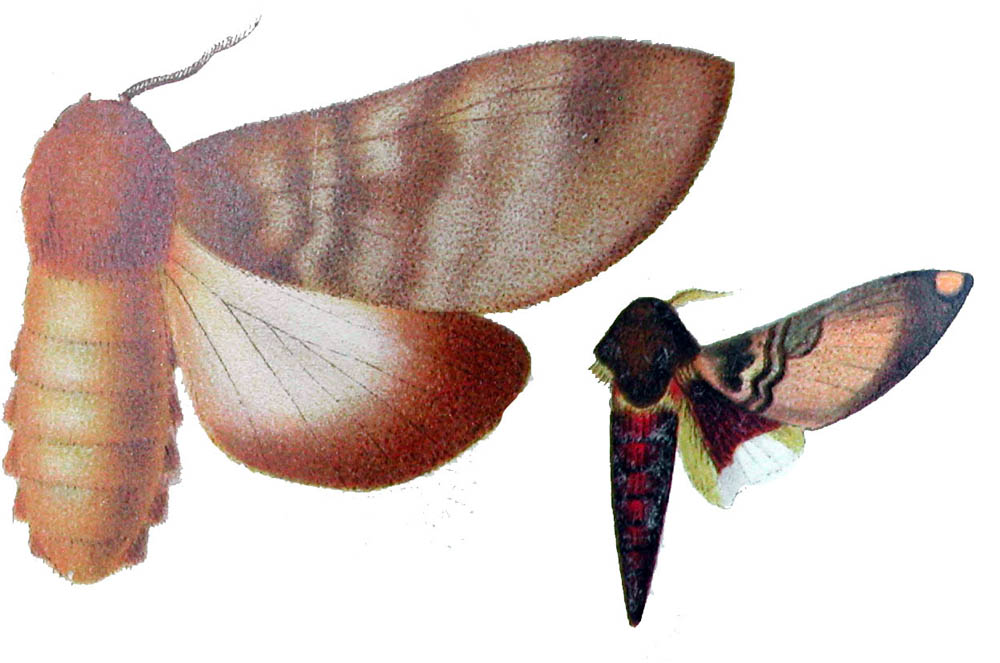Gonometa postica
Kalahari Wild Silk
This silk was not exploited until the 1980s as far as we know. Various small ventures have produced enough silk to make some scarves and shawls and even some clothing. Four of these have been in the Johannnesburg area, the North West Province of South Africa, eastern Namibia, and eastern Botswana. We have been able to obtain scarves and other small pieces in recent years by searching internet sources.
Two species are used for silk. One is Gonometa postica (Walker), of which the caterpillars feed on various kinds of trees in the bean family (Leguminosae), including camel thorn (Acacia erioloba), umbrella thorn (A. tortilis), sweet thorn (A. karroo), spike-flowered black-thorn (A. mellifera), mtundo and msasa (both Brachystegia), and mnondo (Julbernardia globiflora). The other silkmoth is Gonometa rufobrunnea Aurivillius (Aurivillius 1927) that feeds almost exclusively on mopane (Colophospermum mopane). Pinhey (1979) figured a pair of moths of G. rufobrunnea incorrectly under the name G. fulvida, but his figures of G. postica are more accurate than those shown by Aurivillius (1927). The moths live in the deserts and savannas. Local people collect the cocoons from the trees. Attempts are being made to only collect emerged cocoons so that this silk can be maintained as a renewable resource. However, populations of the moths fluctuate drastically, and thus there is not a steady and reliable source of cocoons over a period of several years. For these reasons (overexploitation or fluctuating populations), some of the silk projects have been abandoned (see Veldtman 2004, Zethner et al. 2008).
The cocoons are oval and hard. When degummed, they yield a very fine floss that can be combed and handspun into soft yarn, which in turn, can be handwoven into nice textiles. The silk takes dyes very well, but the natural golden brown colors are often preferred. Cocoons of Gonometa are also used by San Peoples (popularly called Bushmen in the West) to make ankle rattles, a practice that surely dates back thousands of years (Keeney 2005).
Description: Mini scarf of Kalahari wild silk (Gonometa postica) hand-woven from handspun yarns. Purchased from Kalahari Wild Silk Manufacturers, Leonardville, Namibia, by mail order in June 2010. "Blue Plaid" Production Location: Leonardville, Namibia Measurement: 13cm x 100cm |
||
Description: Scarf of Kalahari wild silk (Gonometa postica, Lasiocampidae). Cocoons from Aranos Namibia; yarn handspun in a township of Johannesburg; scarf hand-woven in Whiteriver, near Nelspruit, Mpumalanga Province, South Africa. The warp threads are mulberry silk (Bombyx mori) and the weft yarns are natural colored silk of Gonometa postica. Purchased by mail order in January 2009 from Tsakani Silk, Nelspruit Production Location: Aranos Namibia Measurement: |
||
Description: Necktie that is a blend of cotton and Kalahari wild silk (Gonometa postica, Lasiocampidae). Purchased by mail order from Tsakani Silk, Nelspruit, Mpumalanga Province, South Africa, in January 2009. Production Location: Tsakani Silk, Nelspruit, Mpumalanga Province, South Africa Measurement: |
Gonometa postica Moth
Gonometa postica |
References
Aurivillius, P. O. C.. 1927. Lasiocampidae, pp. 265-282, plates 29-40, in A. Seitz,
editor, The Macrolepidoptera of the world, vol. 14: The African Bombyces & Sphinges.
Alfred Kernen Publisher, Stuttgart. 600 pp., 80 color plates.
Keeney, B. 2005. Bushman shaman: awakening the spirit through ecstatic dance. Destiny
Books, Rochester, Vermont. 231 pp.
Pinhey, E. C. G. 1979. Moths of southern Africa. A. A. Balkema, Rotterdam. 273 pp., 63
color plates.
Veldtman, R. 2004. The ecology of southern African wild silk moths (Gonometa species,
Lepidoptera: Lasiocampidae): consequences for their sustainable use. Unpublished Ph.D.
thesis, University of Pretoria. 225 pp.
Zethner, O., R. Koustrup & S. K. Raina. 2008. African ways of silk: ancient threads—new
possibilities. Centre for Advanced Studies of African Society, Cape Town. 88 pp.







